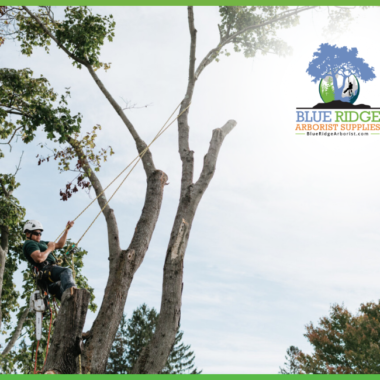Why Are Today’s Forest Fires so Severe in the West? Thinning Forests to Reduce Fire Risk.
A melting pot of circumstances has seen a rise in the number and severity of forest fires — climate change being a compounding factor. When left unmanaged, forests become overgrown, diseased, rife with insects that contribute to standing dead timber. All of these are factors that aggravate the causes and effects of wildfires. Here is an insight into how strategic management of forests can mitigate risk.
Decades of lack of management have left federal forests overstocked with disease and insect ridden trees and standing dead timber that fuel catastrophic wildfires.
Over 80 million acres of national forests are at risk of severe wildfire and need active forest management. Proven, science-based forest management tools like logging, thinning, and controlled burns reduce excessive vegetation that fuel catastrophic wildfires. Active management protects the environment by helping forests adapt to changing conditions, reducing massive carbon emissions from wildfire, and creating renewable building materials that store carbon.
Why are today’s forest fires so severe in the West?
- Aggressive wildfire suppression, combined with forest non-management, have led to unnaturally dense and overgrown forests that are also no longer meeting the nation’s needs for wood products, and instead are burning up.
- On many national forests throughout the west, the intense competition among trees have left the forests unnaturally overgrown, weakened and vulnerable to severe wildfire, insects and disease.
- As timber harvests on national forests have been reduced, average annual net growth (calculated as gross growth minus mortality) has declined. Meanwhile, average annual mortality has nearly doubled from 2006-2016. These patterns reflect aging forests and combinations of wildfire, drought, and insect infestations.
- Millions of acres of national forest lands are at risk of catastrophic wildfire. In a good year, we are only managing a fraction those acres to reduce risks.
- And climate change has made the situation far worse, by contributing to drought and other conditions that further weakened our forests’ natural ability to withstand fire.
What is active forest management?
- Forest management is the use of forestry tools- including logging, thinning and controlled burning- to achieve certain objectives on a given landscape.
- These tools are often used for timber production, but also for forest restoration, wildfire mitigation, wildlife habitat enhancement and many other purposes.
- Logging itself doesn’t prevent forest fires. Nothing can. But logging is a tool that can be used to reduce the fuels that make fire burn hotter and faster.
- Forest management tools can also provide access, fuel breaks and other strategies that give firefighters better and safer opportunities to contain fires before they get out of control.
- Active management protects communities from harmful, toxic smoke.
The Fire Triangle

Three elements influence wildfire: oxygen, heat and fuel. The only one we can manage is fuel. Proven, science-based forest management tools like logging, thinning, and controlled burns reduce excessive vegetation that fuel catastrophic wildfires. Fires on managed forestland are easier to put out because fuels are reduced through harvest, lands are replanted after fire, access is maintained through roads and fires are aggressively, but safely, put out.
What Should We Do After a Fire?
 Restoring hundreds of thousands of acres of damaged forest back to healthy, thriving forests is the best way to prevent dead and dying trees from re-burning in the future (dead trees make great fuel for wildfires) and maximize the forest’s ability to sequester and store carbon.
Restoring hundreds of thousands of acres of damaged forest back to healthy, thriving forests is the best way to prevent dead and dying trees from re-burning in the future (dead trees make great fuel for wildfires) and maximize the forest’s ability to sequester and store carbon.
After a fire, damaged trees quickly begin to rot, not only emitting carbon into the atmosphere as they decay but creating deadly conditions for firefighters should a future wildfire take off in that burn scar. Quickly removing damaged timber and milling it into wood products reduces those carbon emissions, creates necessary building materials out of wood that otherwise would be wasted, and eliminates fuel for future wildfires.
Furthermore, young growing trees pull carbon out of the atmosphere at a very high rate, so re-planting with new seedlings maximizes carbon storage potential and restores the land to healthy forests.










